1. Sunday Supper with the Whole Family

Once upon a time in the South, Sunday wasn’t just another day of the week—it was sacred. After church, families would gather around the table for a big, home-cooked meal, often featuring fried chicken, collard greens, biscuits, and pies. These meals were more than food; they were about connection, storytelling, and honoring generations of tradition. Today, the pull of busy schedules, long commutes, and the convenience of takeout has made these gatherings harder to sustain.
Without these Sunday rituals, younger generations miss out on the chance to bond over shared recipes and stories passed down through the years. The tradition of Sunday supper doesn’t just feed the body—it feeds the soul. Reviving it could be as simple as setting aside one Sunday a month to gather with loved ones and enjoy a meal together.
2. Growing Heirloom Vegetables
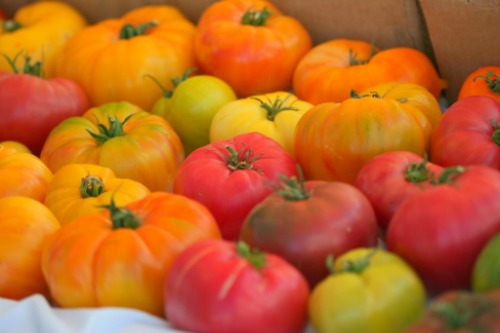
Heirloom vegetables like Cherokee Purple tomatoes and White Dixie butterpeas were once staples of Southern gardens. These varieties were prized for their rich flavors and unique appearances, passed down through generations of seed-saving. Growing them wasn’t just about food; it was about heritage and preserving biodiversity.
Unfortunately, the rise of commercial farming and hybrid seeds has made heirloom varieties harder to find. Many of these vegetables are at risk of disappearing altogether. By planting heirloom seeds, Southerners can help keep these treasures alive and enjoy flavors that modern varieties can’t replicate.
3. Canning and Preserving Seasonal Foods
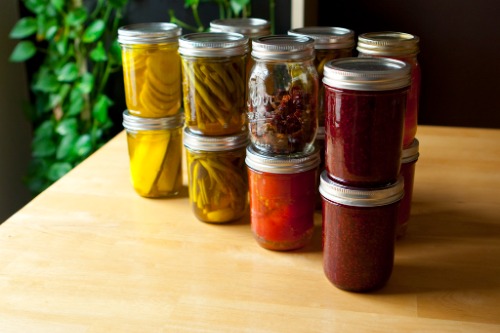
Canning was once a Southern household staple, ensuring that the bounty of summer gardens lasted through the cold months. From pickles to peach preserves, canning turned everyday produce into something extraordinary. The process required time, effort, and a touch of patience, but the reward was shelves lined with jars of sunshine, ready to be opened when fresh fruits and veggies were out of season.
Today, fewer people are passing down the knowledge of how to preserve foods at home. Grocery stores offer convenience, but they can’t replicate the taste—or the pride—of homemade preserves. Bringing back this tradition could help families reconnect with the rhythm of the seasons and reduce food waste.
4. Hog Killin’ Day
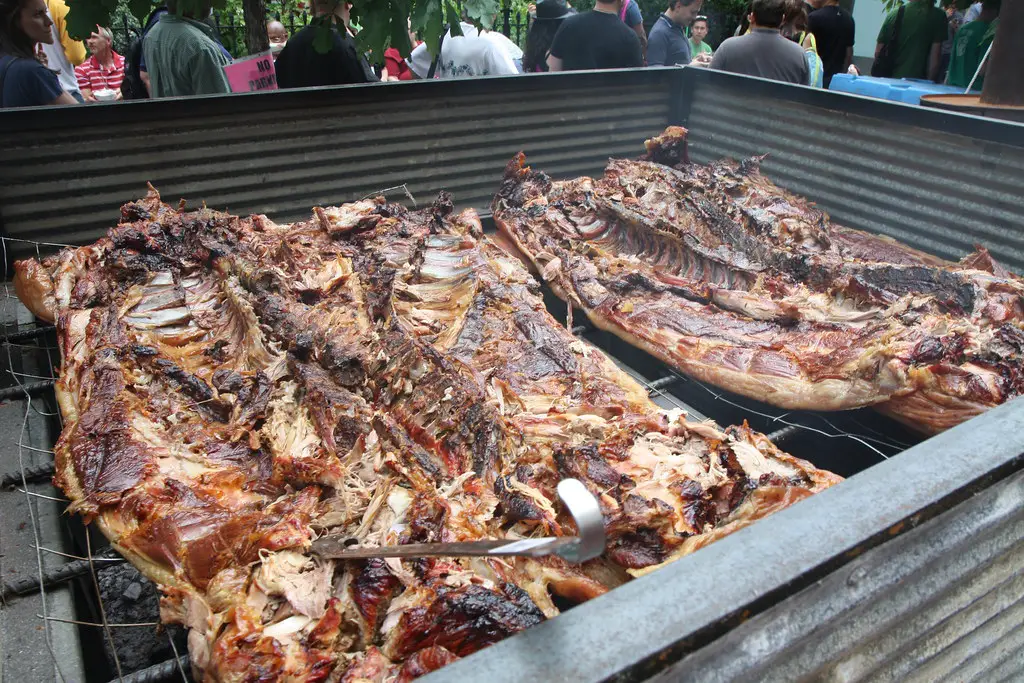
Once a cornerstone of rural Southern life, “hog killin’ day” was about more than preparing pork—it was a community event. Families would come together to process the animal, making everything from sausage to lard. Every part of the hog was used, reflecting a deep respect for the resources provided by the land.
Modern farming and grocery store convenience have nearly erased this practice. While most people today wouldn’t want to take part in such a graphic task, it’s worth noting how this tradition taught resourcefulness and brought people together. It’s a disappearing reminder of a time when food was truly a communal effort.
5. Shelling Beans on the Porch
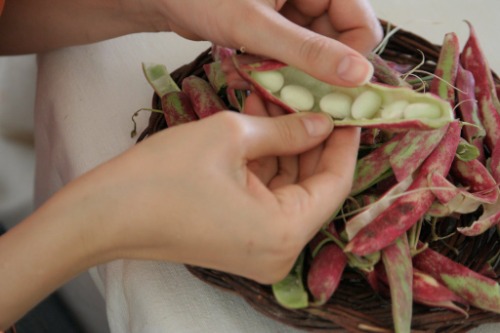
If you’ve ever spent a summer afternoon shelling beans with family on a front porch, you know how special it can be. It’s a slow, meditative process that allows for conversation and connection while preparing food. Butter beans, crowder peas, and black-eyed peas were often shelled by hand, a tradition that brought families closer.
These days, pre-packaged and pre-shelled beans dominate grocery stores, making the practice rare. But something is lost in the shift—the time to pause and reflect, the joy of doing something as a group, and the satisfaction of a job well done. Taking the time to shell beans again could be a way to reconnect with loved ones and simpler times.
6. Cooking with Lard

Lard was once the backbone of Southern cooking, used for frying chicken, making pie crusts, and flavoring vegetables. It wasn’t just any fat; it was rendered from hogs raised on the farm, giving it a distinct, rich flavor. Southern cooks prized it for its ability to make dishes tender, flaky, and undeniably delicious.
Now, lard has been largely replaced by oils and butter, partly due to health concerns and changing culinary trends. But modern science shows that pure, minimally processed lard can be healthier than the hydrogenated alternatives many people turn to today. Rediscovering lard could bring a touch of authenticity back to Southern kitchens.
7. Making Biscuits from Scratch
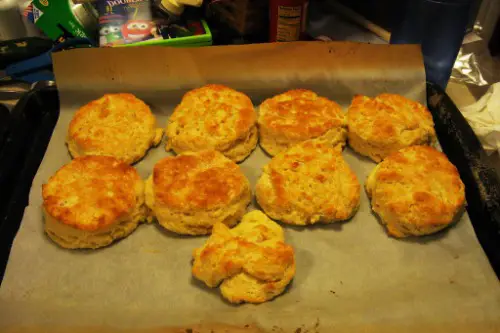
Southern biscuits used to be an art form, with flour-dusted countertops and grandmothers kneading dough by hand. They weren’t just a side dish; they were a centerpiece, embodying love, skill, and heritage. The recipe was often passed down orally, with specific techniques taught through practice, not written instructions.
Now, the convenience of store-bought options has turned many people away from this hands-on tradition. But there’s something magical about a homemade biscuit—the flaky texture, the buttery aroma, the pride in knowing you created it. It’s a disappearing skill, but one that’s well worth preserving for its taste and the memories it creates.
8. Potluck Church Suppers
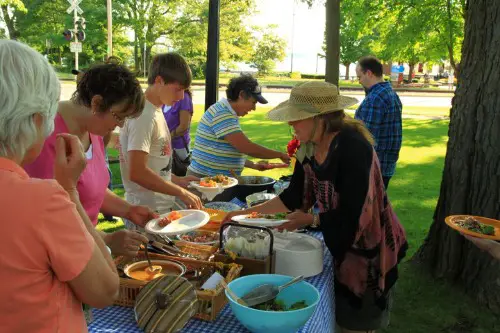
Church potlucks were once the heartbeat of Southern communities, with tables overflowing with casseroles, fried chicken, and desserts like banana pudding. These gatherings weren’t just about the food—they were about fellowship, laughter, and celebrating life’s joys and challenges together.
As more people have drifted away from regular church attendance, potlucks have become less common. But they remain a beautiful way to connect, share, and support one another. Reviving this tradition could help bring communities closer in a time when connection feels harder to find.
9. Boiling Peanuts in a Big Pot
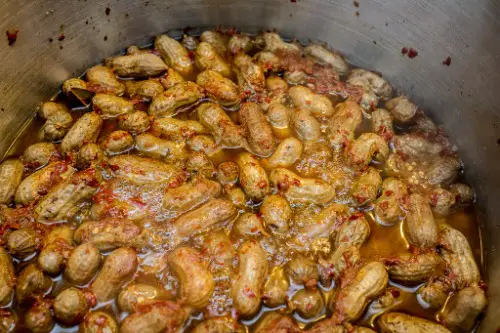
Boiled peanuts are a uniquely Southern snack, often cooked in a large pot over an open flame. The salty, savory flavor is a taste of nostalgia for many Southerners, tied to road trips, roadside stands, and lazy summer days. Making them at home was once a social event, requiring hours of slow cooking and conversation.
Today, canned boiled peanuts and pre-made options have taken the place of homemade batches. While convenient, they lack the ritual and connection of making them yourself. Reviving this tradition could be a way to slow down, savor the moment, and enjoy one of the South’s quirkiest treats.
10. Hushpuppy Contests at Fish Fries
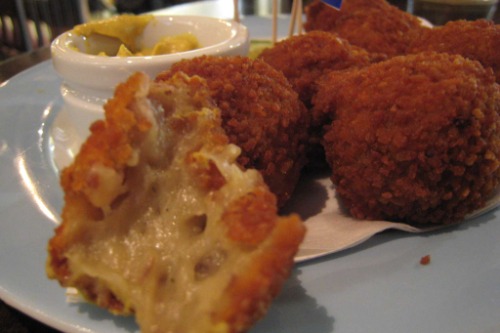
Fish fries were once a staple of Southern social life, often featuring friendly competitions over who could make the best hushpuppies. These crispy, golden nuggets of cornmeal were as much about pride as they were about flavor. The contests sparked creativity, with secret ingredients and techniques passed down through families.
With the decline of community fish fries, hushpuppy contests have also faded. But they’re a reminder of the joy that comes from a little friendly rivalry and shared meals. Bringing back these gatherings could celebrate not just great food, but also the spirit of Southern camaraderie.
11. Making Sweet Potato Pie from Scratch
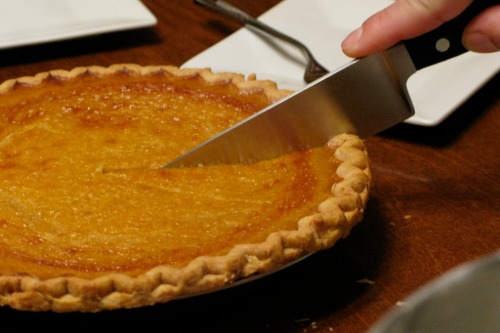
Sweet potato pie has long been a Southern favorite, a dessert that embodies warmth, comfort, and tradition. Making it from scratch—peeling, boiling, and mashing the sweet potatoes—was once a labor of love. Each family had its own spin on the recipe, often handed down through generations.
Now, store-bought pies and mixes have replaced many homemade versions. But the effort of making a pie from scratch is part of what makes it special. By returning to this tradition, families can enjoy a richer, more meaningful connection to this beloved dish.
12. Barbecue Over Wood Fires
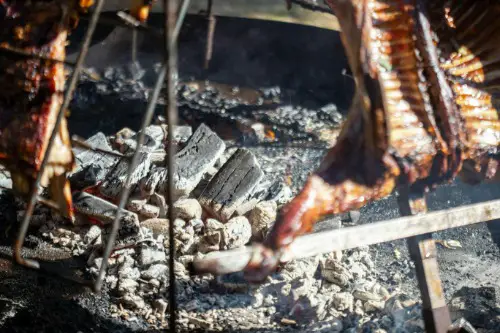
True Southern barbecue—slow-cooked over wood fires—was once an all-day affair. Pitmasters carefully tended the fire, using specific types of wood like hickory or oak to infuse the meat with deep, smoky flavor. This wasn’t just cooking; it was an art form, passed down through years of practice and tradition.
Modern gas and electric smokers have made wood-fired barbecue less common. While convenient, these methods can’t replicate the depth of flavor or the communal experience of tending a pit. Preserving this tradition means embracing the time and effort it takes to make barbecue the old-fashioned way.
13. Passing Down Cast Iron Cookware
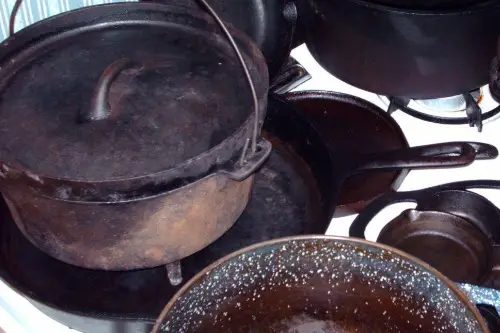
Cast iron skillets were once prized possessions in Southern kitchens, seasoned with years of use and care. These pans were handed down like heirlooms, carrying stories of the meals they helped create. They’re incredibly versatile, perfect for frying, baking, and even making cornbread.
Today, non-stick and stainless-steel cookware have edged out cast iron in many households. But cast iron remains unparalleled for its durability and cooking quality. Passing down a well-seasoned skillet is a way to connect with the past and keep Southern cooking traditions alive.
14. Hosting Front Porch Fish Frys
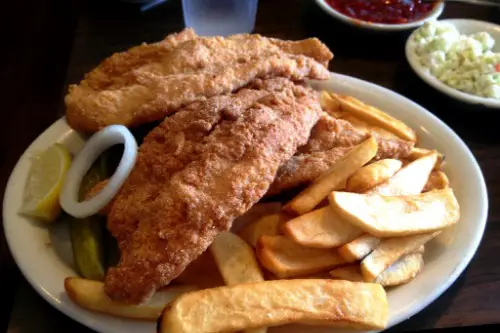
Front porch fish frys were more than just meals—they were community events, complete with fried catfish, hushpuppies, and stories shared under the setting sun. Neighbors would come together to celebrate good weather, good food, and good company.
With the rise of indoor dining and restaurants, these gatherings have become less common. But there’s something irreplaceable about the simplicity and joy of a porch fish fry. Reviving this tradition could help Southerners reconnect with their roots and the sense of community that defines the region.


